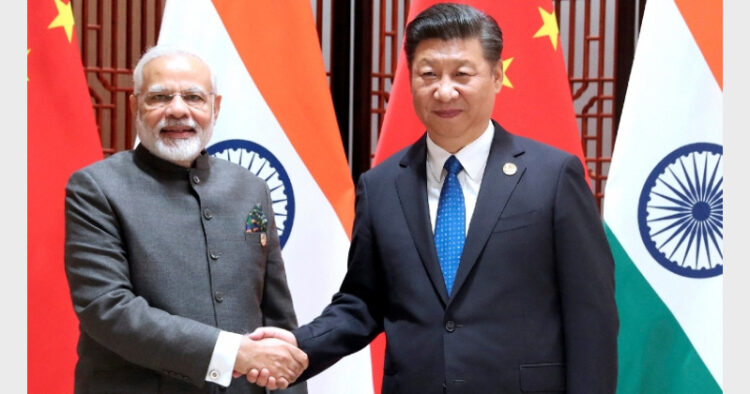One wonders how long New Delhi will continue to believe Beijing will someday amicably resolve the India- China border dispute. In a November 1950 letter to his Prime Minister Jawaharlal Nehru, then Deputy Prime Minister Sardar Patel warned him against Chinese designs against India. Earlier, in an August 1950 letter to then Indian Ambassador to the United States Vijaya Lakshmi Pandit, Nehru’s sister, India’s then Ministry of External Affairs Secretary-General in Girija Shankar Bajpai predicted “jealousy rather than love is likely to be the real sentiment of China towards us.”
Bajpai warned India against being “ led away by false sentiment or illusion.” But Prime Minister Nehru picked up no such signals. He thought “ the future beckons” to democratic India and communist China and “ tomorrow is theirs.” Nehru sought to engage China into peacefully resolving the Sino-Indian border dispute. This proved to be a disaster for India. China greeted India with its aggression in 1962, 1967 and 1986.
Yet the successive governments in New Delhi have continued to reach out to Beijing. Since Prime Minister Rajiv Gandhi’s visit to China in 1988, New Delhi has taken with Beijing , measures, including the India-China Joint Working Group ( 1988) , the Border Peace and Tranquility Agreement (1993), and the Agreement on Military Confidence Building Measures (1996).
After former Prime Minister Atal Bihari visited China in 2003, the two nations signed the Declaration on Principles for Relations and Comprehensive Cooperation (2003), the Agreement on the Political Parameters and Guiding Principles (2005), the Protocol for the Implementation of Military Confidence Building Measures( 2005), the Agreement on the Establishment of a Working Mechanism for Consultation and Coordination (2012) and the Border Defence Cooperation Agreement (2013).
Besides, there have been 22 rounds of the Special Representative-level talks between New Delhi and Beijing to solve the border issue. Also, in the last couple of years, there have been informal summits between Prime Minister Narendra Modi and Chinese President Xi Jinping (Wuhan 2018 and Chennai 2019).
All this has achieved little in changing Beijing’s aggressive postures against India. In June 2020, China amassed two divisions of its troops to carry out an act of unprovoked aggression against India in Ladakh and took control of at least twenty square miles of the Indian controlled territory. Recently, former Indian Ambassador and Governor at the IAEA T. P. Sreenivasan has said “ China has not shown willingness to disengage in Ladakh and withdraw to the previous positions behind the Line of Actual Control.”
Observers say there is little evidence to show Beijing is ever willing to solve the border dispute with New Delhi. On March 25. 2022, Chinese Foreign Minister and State Councillor Wang Yi was in New Delhi for talks with India’s External Affairs Minister S Jaishankar and National Security Advisor Ajit Doval. Wang hardly came forward with any proposal aimed at the de-escalation of the border tension between India and China.
Earlier, on March 11, 2022, the 15th round of Corps Commanders-level talks between India and China was held. That, too, made little headway towards military disengagement at the Line of Actual Control .
(The author is a New Delhi-based journalist)














Comments